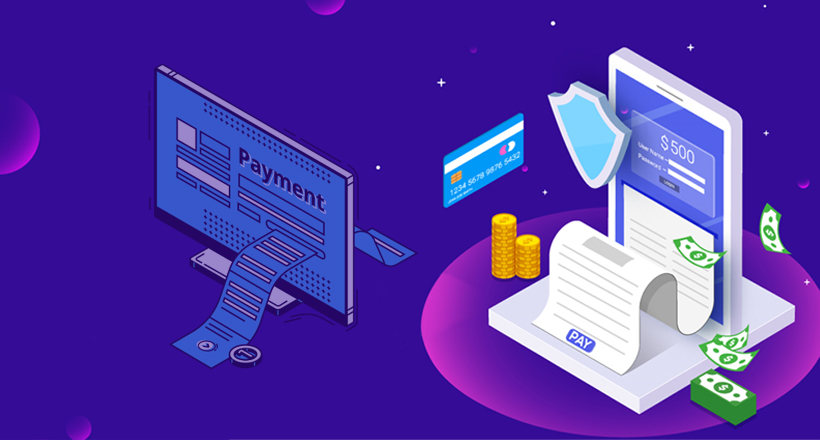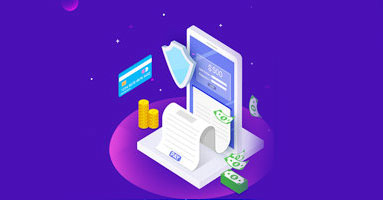Shortening the Order to Cash (O2C) cycle has been a top priority for businesses across industries. Digital invoicing and digital payments help businesses achieve this faster.
The order to cash (O2C) process not only defines a company’s success but also plays a vital role in nurturing an organization’s relationship with the customers. Optimizing the order to cash (O2C) process offers a number of benefits – ranging from serving customers faster to minimizing errors and delays.
What is Order to Cash (O2C) Cycle?
The Order to Cash cycle, also known as O2C or OTC process/cycle, consists of all steps right from when a customer order is placed to the business is paid. A typical O2C cycle includes order placement, order management, credit management, order fulfillment, order shipping, customer billing/invoicing, payment collection, and reporting. A O2C cycle in not complete when the order is received and paid for. There are other important steps in the process. Data gathered across the O2C process helps companies optimize their order to cash process. Technology plays a vital role in every step of the order to cash process.
The role of Digital Invoicing and Digital Payments in the O2C Cycle
Much has been written about the advantages of Digital Invoicing and Digital Payments. In a recent survey of CFOs, 71% said they were accelerating implementation of Digital Payments. Especially, post COVID, there’s a huge shift in our preferences. Today customers and suppliers are increasingly going `digital’. Customers increasingly prefer electronic invoice and pay in an electronic mode. Similarly, suppliers prefer to send electronic invoice and get paid electronically.
Digital Invoicing (aka E-invoicing and E-billing) is electronic delivery of an invoice to a customer. It can post your invoices to a customer’s vendor portal and to your own Customer Care/EIPP Portal. Digital invoices can be delivered in seconds to virtually any receiving device a customer can specify in a preferred format.
Similarly, Digital Payments, also known as “FinTech Payments” and “Frictionless Digital Payments” are payments made directly between buyer and seller through a direct, secure, internet connection on an Account-to-Account (A2A) basis. Digital payments enable payments from buyer to seller in a wide range of mobile devices via the internet. Digital Payments can be executed in a just few seconds and the funds deposited in the account become available the same or next day.
Digital Invoicing and Digital Payments can accelerate the delivery of invoices, the receipt of payment, the availability of cash thereby shortening the O2C cycle.
Redefining Convenience for SMBs
The convenience of digital invoicing and digital payments empowers customers, especially small and medium-size businesses (SMBs), to pay on or before time. Because SMBs do not usually perform administrative tasks during standard business hours. Often, they pay it right after they review the invoice, rather than put it aside till the due date. This results in an acceleration of payments.
For the Business to Consumer (B2C) market, the advantages of Digital Payments are obvious. They enable a vendor to collect money from customers immediately – avoiding the need to extend credit. In the B2B market, it can be a huge benefit for companies that demand payment on delivery from financially weak customers, and as accepted practice in certain industries (e.g., Food Service).
Our modeling of the O2C cycle has estimated the acceleration of cash receipts and availability by 8 to 20 days! This is a huge improvement, especially welcome as we emerge from the Pandemic economy.
Benefits of Digital Invoicing & Payments
Technology is at the helm of the digital invoicing & payments. The use of innovative technology and interconnected systems provides accurate, real-time information for both customers and suppliers.
Digital invoicing and digital payments are faster and secure; the coming together of automation, collaboration and convenience offers a number of benefits such as:
- Accelerated cash flow, increased revenue
- Increased productivity
- Reduced lockbox and banking processing costs
- Capability in meeting customer requirements and preferences
A short O2C cycle is what every businesses aims for. Digital invoicing and digital payments streamline the O2C cycle with increased efficiency and improved cash flow while accommodating customer and vendor payment preferences with improved security.










